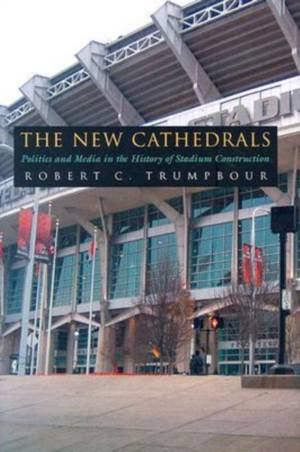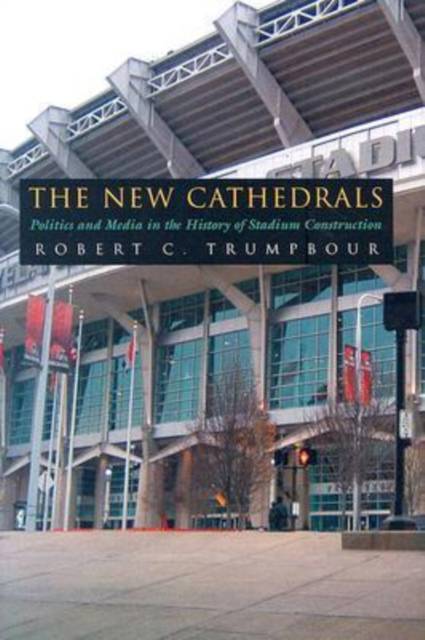
- Retrait gratuit dans votre magasin Club
- 7.000.000 titres dans notre catalogue
- Payer en toute sécurité
- Toujours un magasin près de chez vous
- Retrait gratuit dans votre magasin Club
- 7.000.0000 titres dans notre catalogue
- Payer en toute sécurité
- Toujours un magasin près de chez vous
59,45 €
+ 118 points
Description
Stadium construction has altered the physical landscape of many major metropolitan areas throughout North America and has had a profound psychological and economic impact on these urban centers. The ways athletic facilities have been constructed, from the ritual-centered beginnings of stadium construction in ancient Greece to the large-scale construction of professional sports facilities in present day global centers, reveal a culture's values and priorities and how it defines its recreational needs.
Drawing on thorough and wide-ranging research, Robert C. Trumpbour examines the political institutions, commercial entities, civic leadership, and media organizations that influenced stadium construction. The author analyzes three significant recent historical periods: the Progressive Era, when modern fireproof stadiums were first built; the late 1960s and early 1970s, when multipurpose stadiums were built in downtown areas to promote urban redevelopment; and the late 1990s, when retro ballparks were designed to accommodate commercial and entertainment space. Charting this evolution,Trumpbour convincingly argues that there has been a dramatic shift in the role of the media, with media access emerging as a vital element in setting the ground rules for the debate on stadium construction. Written in lucid, jargon-free prose, this book combines a detailed history of stadium construction with an analysis of current stadium issues.
Spécifications
Parties prenantes
- Auteur(s) :
- Editeur:
Contenu
- Nombre de pages :
- 388
- Langue:
- Anglais
- Collection :
Caractéristiques
- EAN:
- 9780815631323
- Date de parution :
- 15-12-06
- Format:
- Livre relié
- Format numérique:
- Genaaid
- Dimensions :
- 162 mm x 234 mm
- Poids :
- 675 g

Les avis
Nous publions uniquement les avis qui respectent les conditions requises. Consultez nos conditions pour les avis.






